WD-40 unexpected uses – who knew this can of magic held so many secrets beyond silencing squeaky hinges? I’m always on the lookout for clever hacks that make life easier, and let me tell you, I was blown away by the sheer versatility of WD-40! For decades, this product has been a staple in garages and workshops, primarily known for its lubricating and rust-preventing properties. But its story goes back to 1953, when it was initially developed to protect missiles from rust and corrosion. Talk about a humble beginning for a product that would soon become a household name!
Now, you might be thinking, “Okay, WD-40 is great for tools, but what else can it do for me?” Well, that’s exactly what I asked myself before diving into the world of WD-40 unexpected uses. And trust me, the possibilities are endless! From removing stubborn stains and sticky residue to protecting your garden tools and even deterring pests, WD-40 can be your secret weapon for tackling everyday challenges. In this article, I’m going to share some of the most surprising and effective ways to use WD-40 around your home and garden. Get ready to be amazed and discover how this unassuming can can simplify your life!
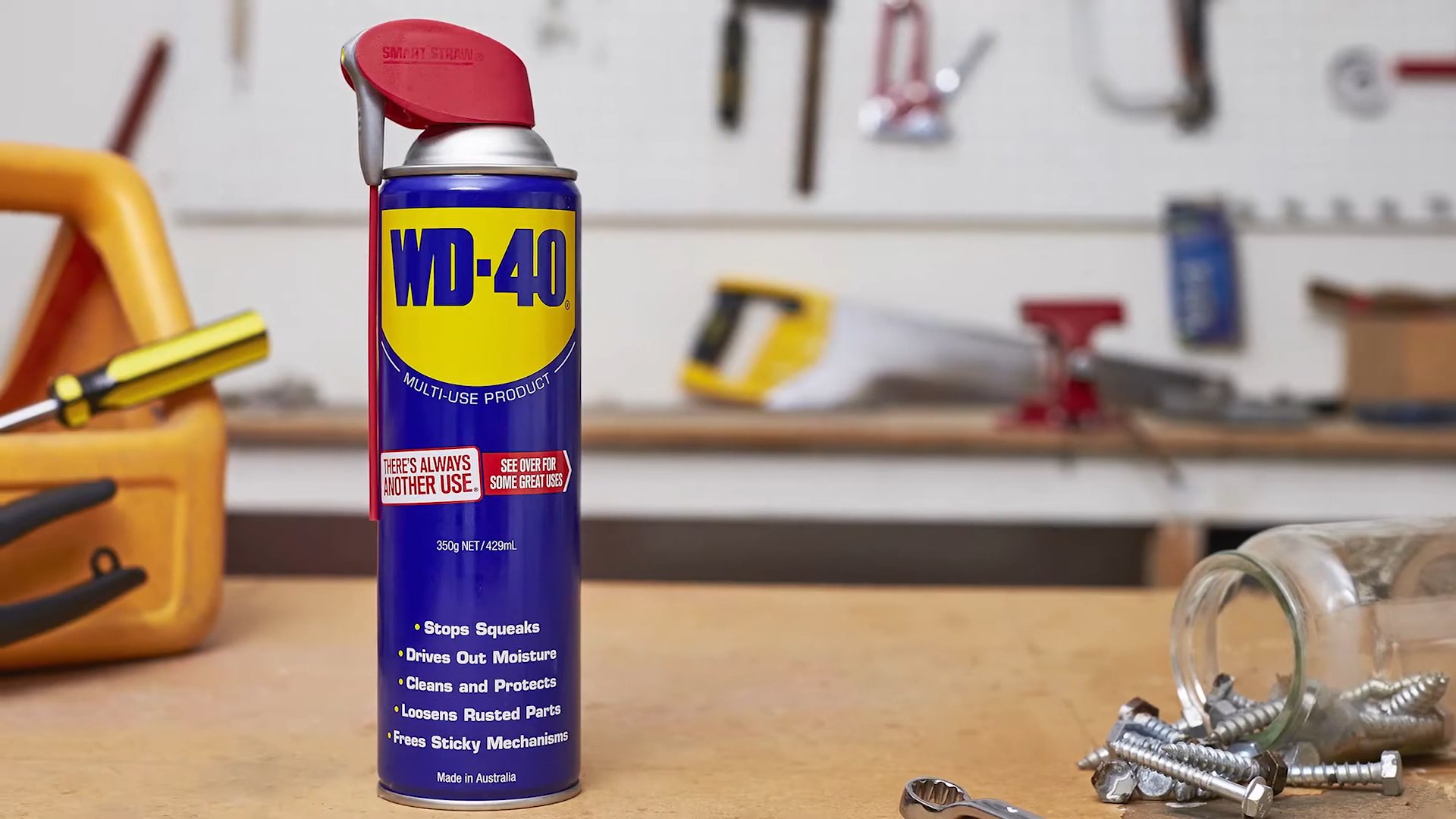
Unlocking the Unexpected: 15 Brilliant WD-40 Hacks You Need to Know
Okay, let’s be honest, we all have a can of WD-40 lurking somewhere in the garage, right? It’s the go-to for squeaky hinges and loosening rusty bolts. But trust me, this stuff is a *magic potion* in disguise! I’m going to share 15 unexpected WD-40 hacks that will seriously blow your mind and make your life a whole lot easier. Get ready to be amazed!
1. Removing Stubborn Stickers and Labels
We’ve all been there: peeling off a price tag only to be left with a sticky, gooey residue. Ugh! WD-40 to the rescue!
* The Problem: Sticky residue from stickers, labels, or tape.
* The Solution: WD-40’s solvent properties break down the adhesive.
* Why it Works: It penetrates the adhesive, making it easy to wipe away.
Step-by-Step Instructions:
1. Spray a generous amount of WD-40 directly onto the sticky residue.
2. Let it sit for a minute or two to allow the WD-40 to penetrate the adhesive.
3. Using a clean cloth or paper towel, gently wipe away the residue. You might need to scrub a little, but it should come off easily.
4. For particularly stubborn residue, repeat steps 1-3.
5. Clean the area with soap and water to remove any remaining WD-40.
2. Cleaning Scuff Marks from Floors
Those pesky scuff marks on your beautiful floors are a real eyesore. But don’t worry, WD-40 can help!
* The Problem: Black scuff marks left by shoes or furniture on hard floors.
* The Solution: WD-40 acts as a solvent to lift the scuff marks without damaging the floor.
* Why it Works: It lubricates the surface, allowing the scuff marks to be easily wiped away.
Step-by-Step Instructions:
1. Spray a small amount of WD-40 onto a clean cloth.
2. Gently rub the cloth over the scuff mark.
3. Wipe away the WD-40 and the scuff mark with a clean, dry cloth.
4. If the scuff mark is particularly stubborn, repeat steps 1-3.
5. Test in an inconspicuous area first to ensure it doesn’t damage the floor’s finish, especially on delicate surfaces like hardwood.
3. Loosening a Stuck Zipper
A stuck zipper can be incredibly frustrating, especially when you’re in a hurry. WD-40 can get things moving again in no time.
* The Problem: A zipper that is stuck or difficult to move.
* The Solution: WD-40 lubricates the zipper teeth, allowing them to slide smoothly.
* Why it Works: It reduces friction between the zipper teeth.
Step-by-Step Instructions:
1. Carefully spray a small amount of WD-40 directly onto the stuck zipper teeth. Be careful not to spray it on the surrounding fabric.
2. Gently try to move the zipper up and down.
3. Repeat steps 1-2 until the zipper moves freely.
4. Wipe away any excess WD-40 with a clean cloth.
4. Removing Crayon Marks from Walls
Kids are adorable, but their artistic endeavors on your walls? Not so much. WD-40 can erase those crayon masterpieces.
* The Problem: Crayon marks on painted walls.
* The Solution: WD-40 dissolves the wax in the crayon, making it easy to wipe away.
* Why it Works: It breaks down the crayon’s composition without damaging the paint (usually!).
Step-by-Step Instructions:
1. Spray a small amount of WD-40 onto a clean cloth.
2. Gently rub the cloth over the crayon marks.
3. Wipe away the WD-40 and the crayon marks with a clean, dry cloth.
4. Test in an inconspicuous area first to ensure it doesn’t damage the paint. Some paints are more sensitive than others.
5. Clean the area with soap and water to remove any remaining WD-40.
5. Waterproofing Your Shoes
Okay, this one is a game-changer! WD-40 can actually help waterproof your shoes, keeping your feet dry in wet weather.
* The Problem: Shoes that are not waterproof and get soaked in the rain.
* The Solution: WD-40 creates a water-repellent barrier on the surface of the shoes.
* Why it Works: It’s a water displacer, meaning it pushes water away.
Step-by-Step Instructions:
1. Make sure your shoes are clean and dry.
2. Spray a light, even coat of WD-40 over the entire surface of your shoes.
3. Let the WD-40 dry completely before wearing your shoes. This may take several hours.
4. Repeat the process every few weeks, or as needed, to maintain the waterproof barrier.
5. Test in an inconspicuous area first to ensure it doesn’t discolor or damage the shoe material. This is especially important for delicate materials like suede or leather.
6. Removing Gum from Hair or Carpet
Gum stuck in hair or carpet is a nightmare! But WD-40 can help you get rid of it without having to resort to scissors.
* The Problem: Gum stuck in hair or carpet fibers.
* The Solution: WD-40 lubricates the gum, making it easier to remove.
* Why it Works: It breaks down the gum’s stickiness.
Step-by-Step Instructions (Hair):
1. Carefully spray a small amount of WD-40 directly onto the gum. Be careful not to spray it into the eyes.
2. Gently massage the WD-40 into the gum and surrounding hair.
3. Carefully comb the gum out of the hair.
4. Wash the hair thoroughly with shampoo and water to remove any remaining WD-40.
Step-by-Step Instructions (Carpet):
1. Spray a small amount of WD-40 directly onto the gum.
2. Let it sit for a minute or two.
3. Gently scrape the gum away with a dull knife or scraper.
4. Clean the area with a carpet cleaner to remove any remaining WD-40.
7. Cleaning and Protecting Garden Tools
Keep your garden tools in tip-top shape with a little help from WD-40.
* The Problem: Rust and dirt buildup on garden tools.
* The Solution: WD-40 cleans, lubricates, and protects metal surfaces from rust.
* Why it Works: It displaces moisture and creates a protective barrier.
Step-by-Step Instructions:
1. Clean your garden tools with a brush to remove any loose dirt or debris.
2. Spray a generous amount of WD-40 onto the metal parts of the tools.
3. Wipe away any excess WD-40 with a clean cloth.
4. Store your tools in a dry place to prevent rust.
8. Removing Grease and Grime from Hands
Working on your car or doing other messy jobs can leave your hands covered in grease and grime. WD-40 can help you get them clean.
* The Problem: Grease and grime on hands that are difficult to remove with soap and water alone.
* The Solution: WD-40 dissolves grease and grime, making it easier to wash away.
* Why it Works: It’s a powerful solvent.
Step-by-Step Instructions:
1. Spray a small amount of WD-40 onto your hands.
2. Rub your hands together to distribute the WD-40.
3. Wash your hands thoroughly with soap and water.
4. Be sure to moisturize your hands afterward, as WD-40 can be drying.
9. Preventing Rust on Metal Surfaces
WD-40 can help prevent rust from forming on metal surfaces, keeping them looking their best.
* The Problem: Rust formation on metal surfaces due to exposure to moisture and air.
* The Solution: WD-40 creates a protective barrier that prevents moisture from reaching the metal.
* Why it Works: It displaces moisture and forms a thin, protective film.
Step-by-Step Instructions:
1. Clean the metal surface to remove any existing rust or dirt.
2. Spray a light, even coat of WD-40 over the entire surface.
3. Wipe away any
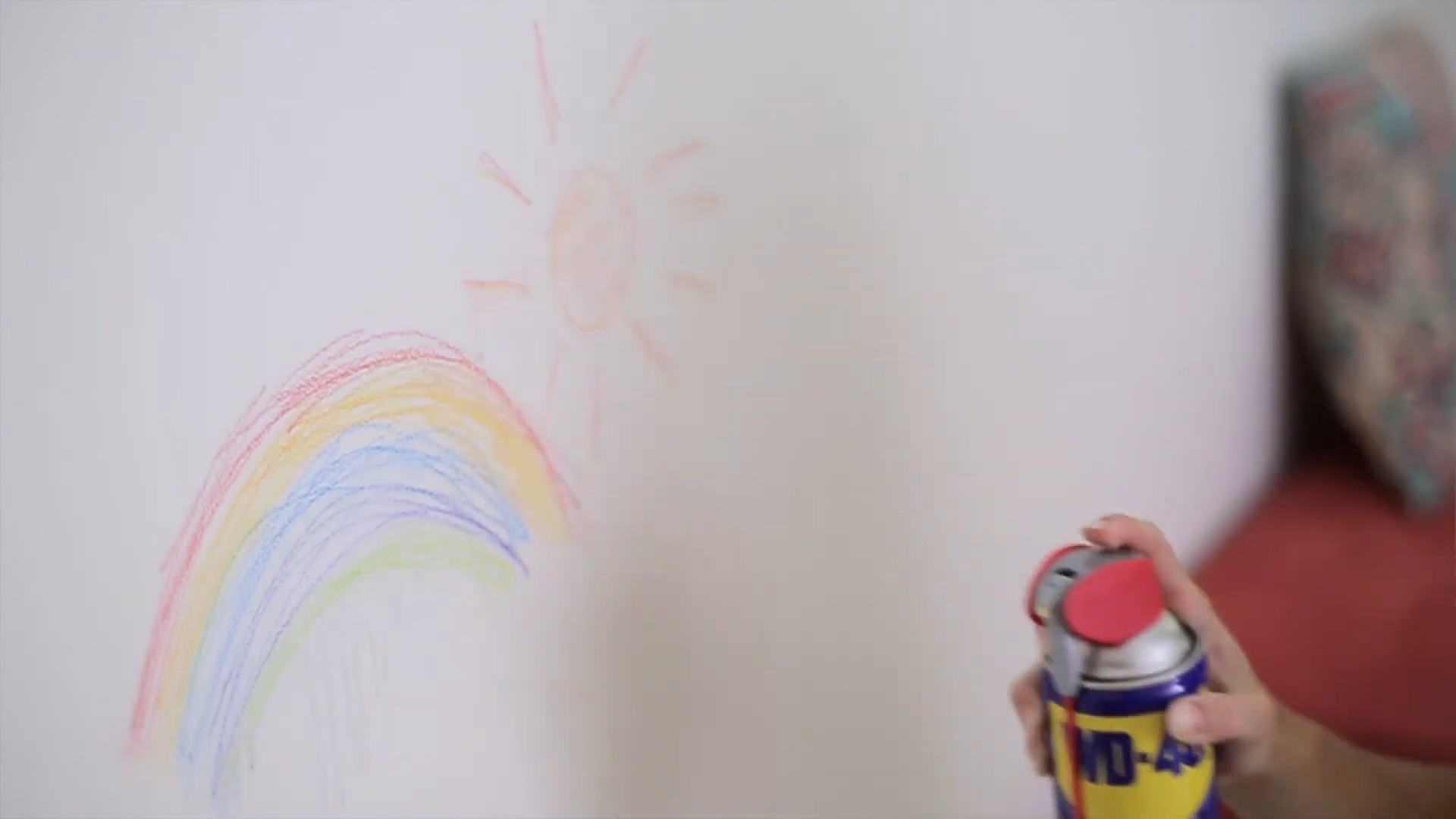
Conclusion
So, there you have it! Unlocking the potential of WD-40 goes far beyond squeaky hinges and rusty bolts. This unassuming can holds the key to a surprising array of household hacks, making it an indispensable tool for any homeowner, renter, or DIY enthusiast. From banishing crayon masterpieces from your walls to rescuing your favorite leather shoes from salt stains, the versatility of WD-40 is truly remarkable.
Why is this DIY trick a must-try? Because it’s efficient, cost-effective, and readily available. Instead of purchasing specialized cleaning products for every minor mishap, you can rely on the power of WD-40 to tackle a multitude of problems. Think of the time and money you’ll save! Plus, it’s incredibly satisfying to discover new and unexpected uses for everyday items.
But don’t just take our word for it. We encourage you to experiment and discover the magic of WD-40 for yourself. Perhaps you’ll find it works wonders on removing stubborn stickers from glass, or maybe you’ll discover it’s the perfect solution for lubricating sticky drawers. The possibilities are endless!
Variations and Suggestions:
* For delicate surfaces: Always test WD-40 in an inconspicuous area first to ensure it doesn’t damage the material.
* For cleaning: After applying WD-40, wipe the surface clean with a soft cloth to remove any residue.
* For lubrication: Apply WD-40 sparingly and wipe away any excess to prevent attracting dust and dirt.
* For rust prevention: Apply a thin coat of WD-40 to metal surfaces to protect them from corrosion.
* Consider WD-40 Specialist products: For more specific tasks, WD-40 offers a range of specialized products designed for lubrication, rust removal, and degreasing. These can provide even better results for certain applications.
We’re confident that once you start exploring the unexpected uses of WD-40, you’ll be amazed by its capabilities. It’s a true multi-purpose product that deserves a place in every home.
Now, we want to hear from you! Have you tried any of these WD-40 hacks? Do you have any other creative uses to share? Let us know in the comments below! Your experiences and insights can help others discover the full potential of this amazing product. Share your tips, tricks, and success stories – we can’t wait to hear them! Embrace the power of WD-40 and unlock a world of DIY possibilities.
FAQ
What exactly is WD-40 and what makes it so versatile?
WD-40 is a petroleum-based solvent with lubricating properties. Its exact formula is a closely guarded secret, but it’s known to contain a blend of lubricants, solvents, and corrosion inhibitors. This unique combination allows it to penetrate rust, displace moisture, loosen stuck parts, and provide a protective coating against corrosion. Its versatility stems from its ability to address multiple problems with a single application.
Is WD-40 safe to use on all surfaces?
While WD-40 is generally safe for use on most surfaces, it’s always best to test it in an inconspicuous area first, especially on delicate materials like painted surfaces, certain plastics, and fabrics. WD-40 can sometimes cause discoloration or damage to these materials, so caution is advised. Avoid using WD-40 on porous surfaces, as it can be absorbed and difficult to remove.
Can WD-40 really remove crayon marks from walls?
Yes, WD-40 can be surprisingly effective at removing crayon marks from walls. Simply spray a small amount of WD-40 onto the affected area, let it sit for a minute or two, and then wipe it away with a clean cloth. Be sure to test it in an inconspicuous area first to ensure it doesn’t damage the paint. After removing the crayon marks, you may want to clean the wall with soap and water to remove any WD-40 residue.
Will WD-40 damage my car’s paint?
WD-40 can be used to remove tar, bugs, and other debris from your car’s paint without causing damage, but it’s important to use it sparingly and wipe it off immediately. Prolonged exposure to WD-40 can potentially soften or dull the paint, so it’s best to avoid leaving it on for extended periods. Always wash and wax your car after using WD-40 to protect the paint.
Is WD-40 a good lubricant for bicycle chains?
While WD-40 can provide temporary lubrication for bicycle chains, it’s not the ideal long-term solution. WD-40 is a solvent-based product that can actually wash away the grease and oil that are essential for proper chain lubrication. For optimal performance and longevity, it’s best to use a dedicated bicycle chain lubricant.
Can I use WD-40 to remove rust?
Yes, WD-40 can help loosen and remove rust from metal surfaces. Spray WD-40 onto the rusted area, let it soak for several minutes, and then scrub with a wire brush or steel wool. You may need to repeat the process several times for heavily rusted items. For severe rust, consider using a dedicated rust remover product.
Is WD-40 flammable?
Yes, WD-40 is flammable, so it’s important to use it in a well-ventilated area and keep it away from open flames and heat sources. Avoid spraying WD-40 near electrical outlets or appliances.
What are the health and safety precautions I should take when using WD-40?
When using WD-40, it’s important to work in a well-ventilated area to avoid inhaling the fumes. Wear gloves to protect your skin from irritation. Avoid contact with your eyes and mouth. If WD-40 comes into contact with your eyes, rinse them thoroughly with water. Keep WD-40 out of reach of children and pets.
Where can I buy WD-40?
WD-40 is widely available at most hardware stores, home improvement stores, automotive supply stores, and online retailers.
Are there any alternatives to WD-40?
Yes, there are several alternatives to WD-40, depending on the specific application. For lubrication, you can use dedicated lubricants like silicone spray, white lithium grease, or penetrating oil. For rust removal, you can use rust converters or vinegar. For cleaning, you can use various household cleaners or solvents. However, WD-40’s versatility often makes it a convenient and cost-effective choice for a wide range of tasks.

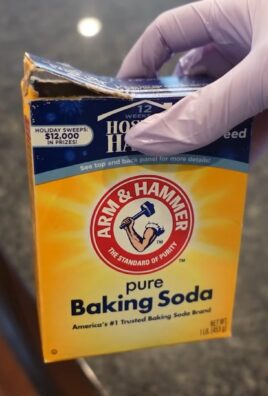
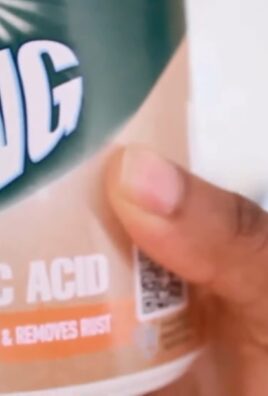
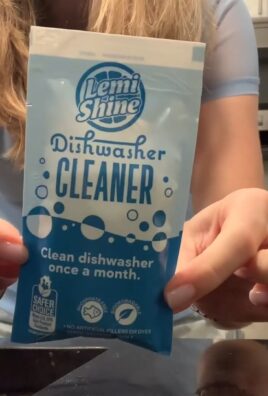
Leave a Comment